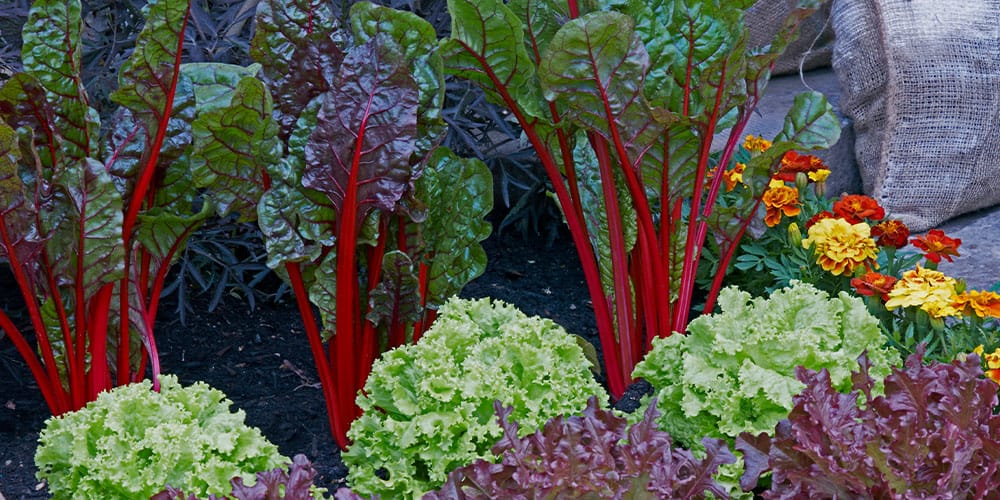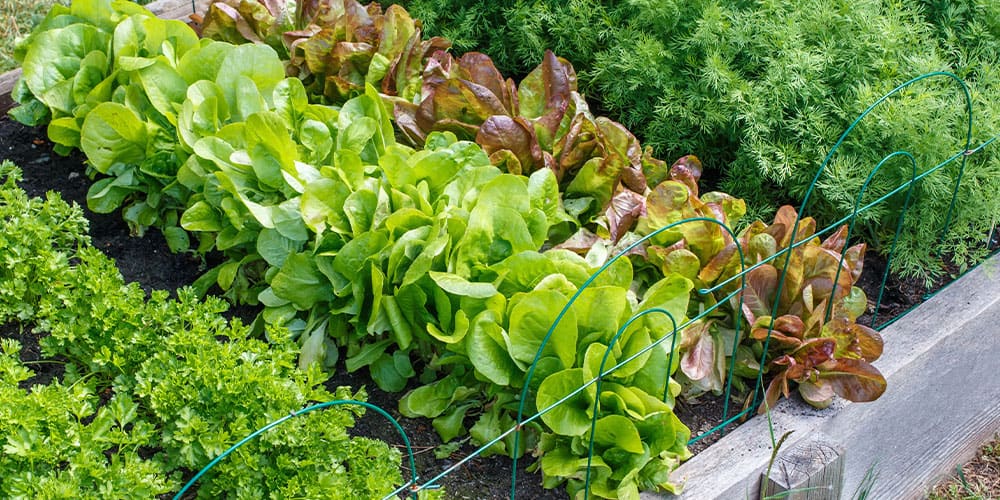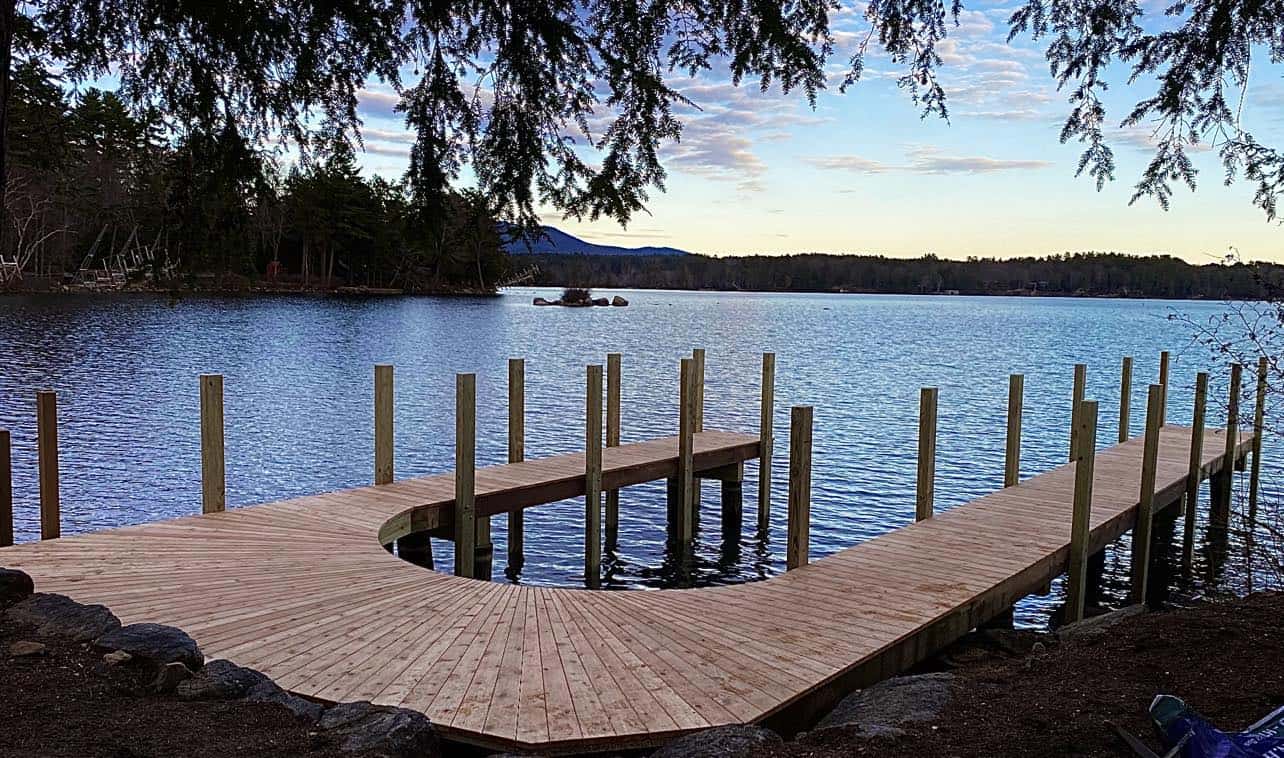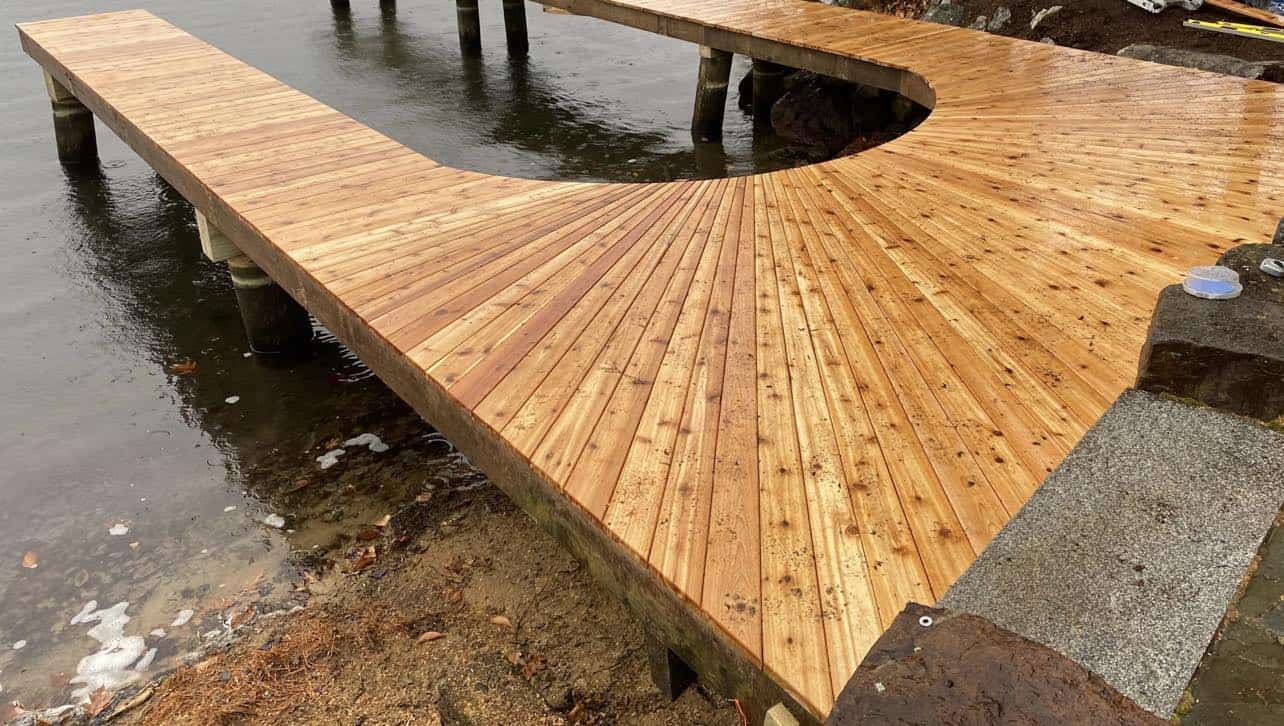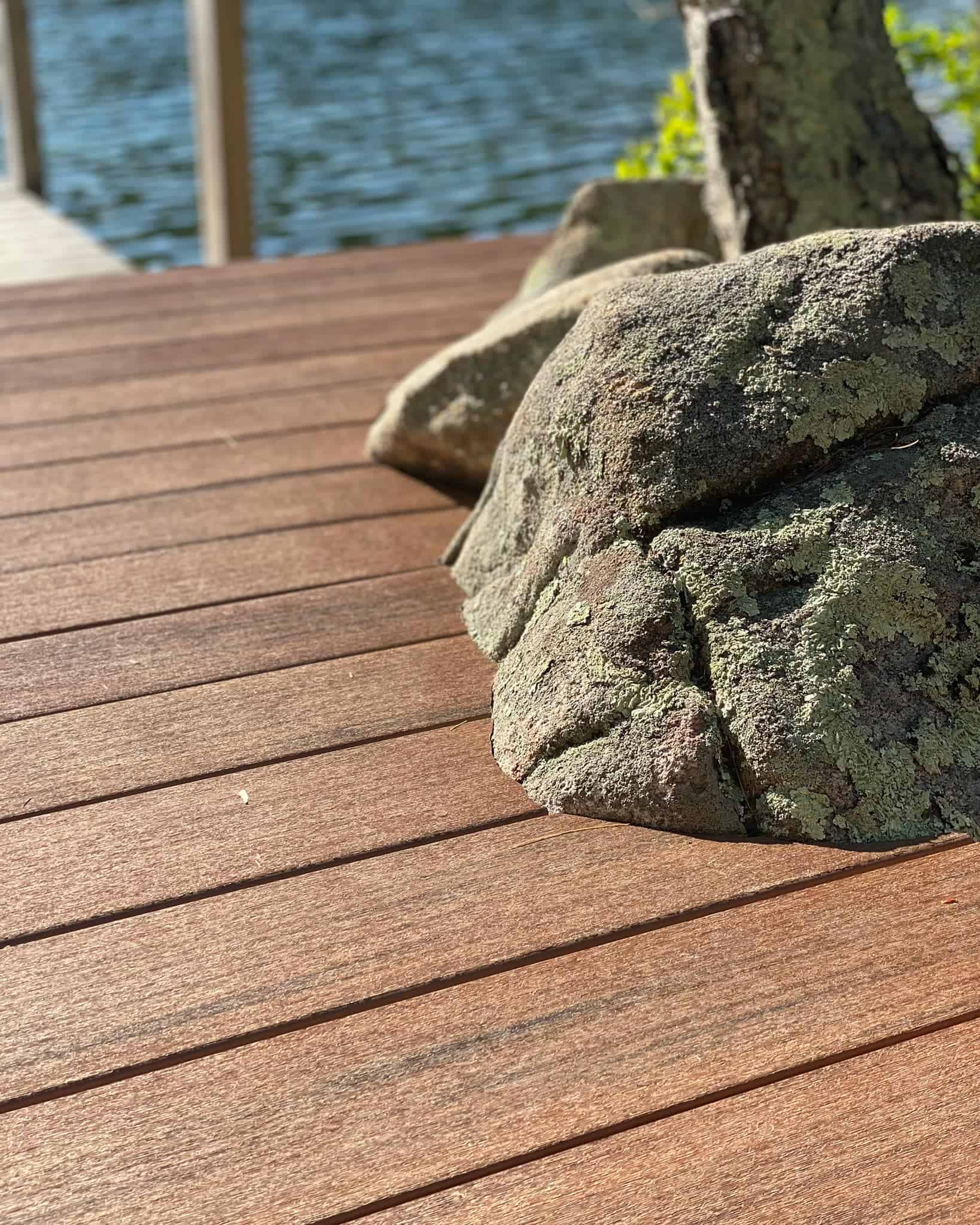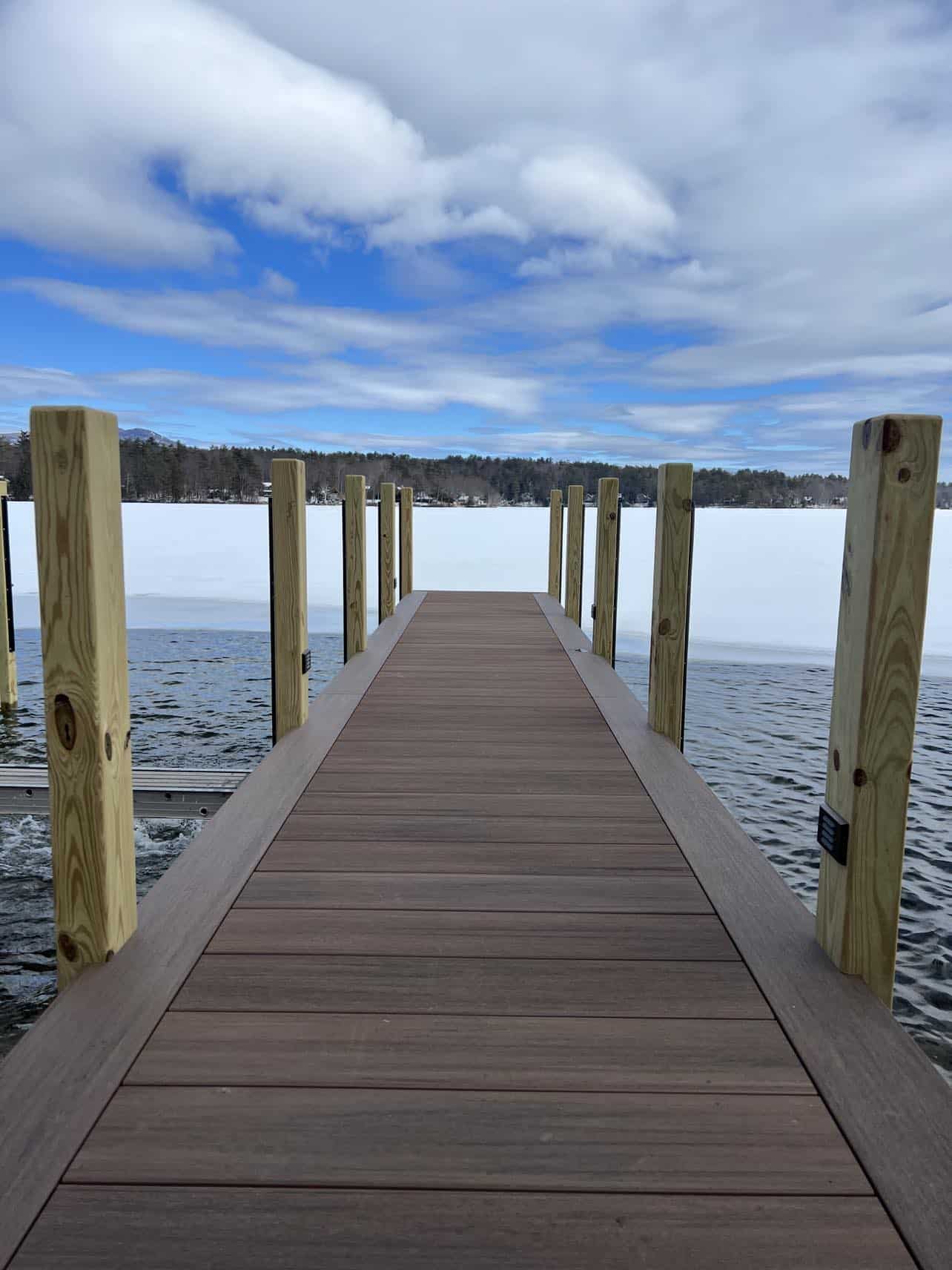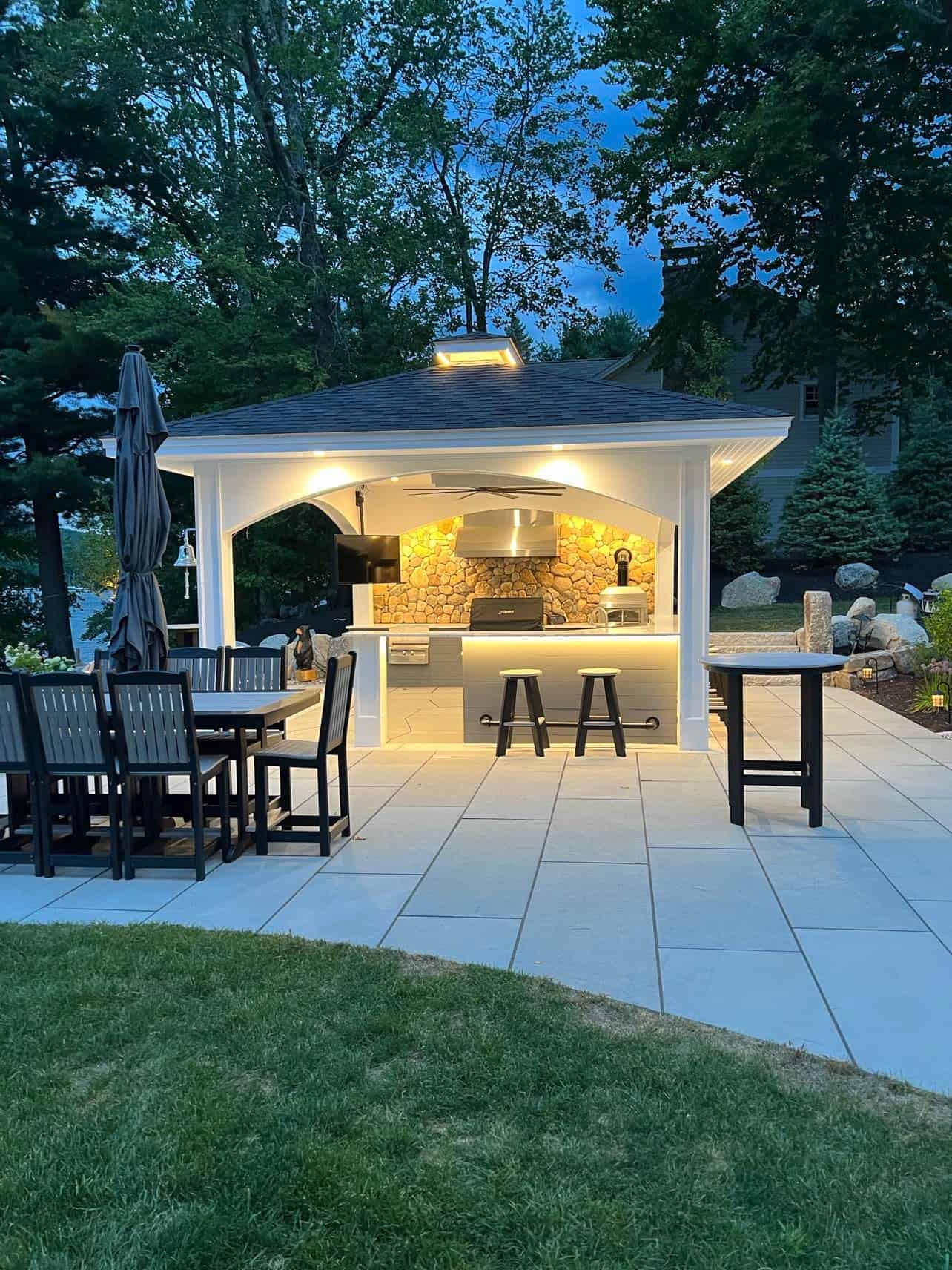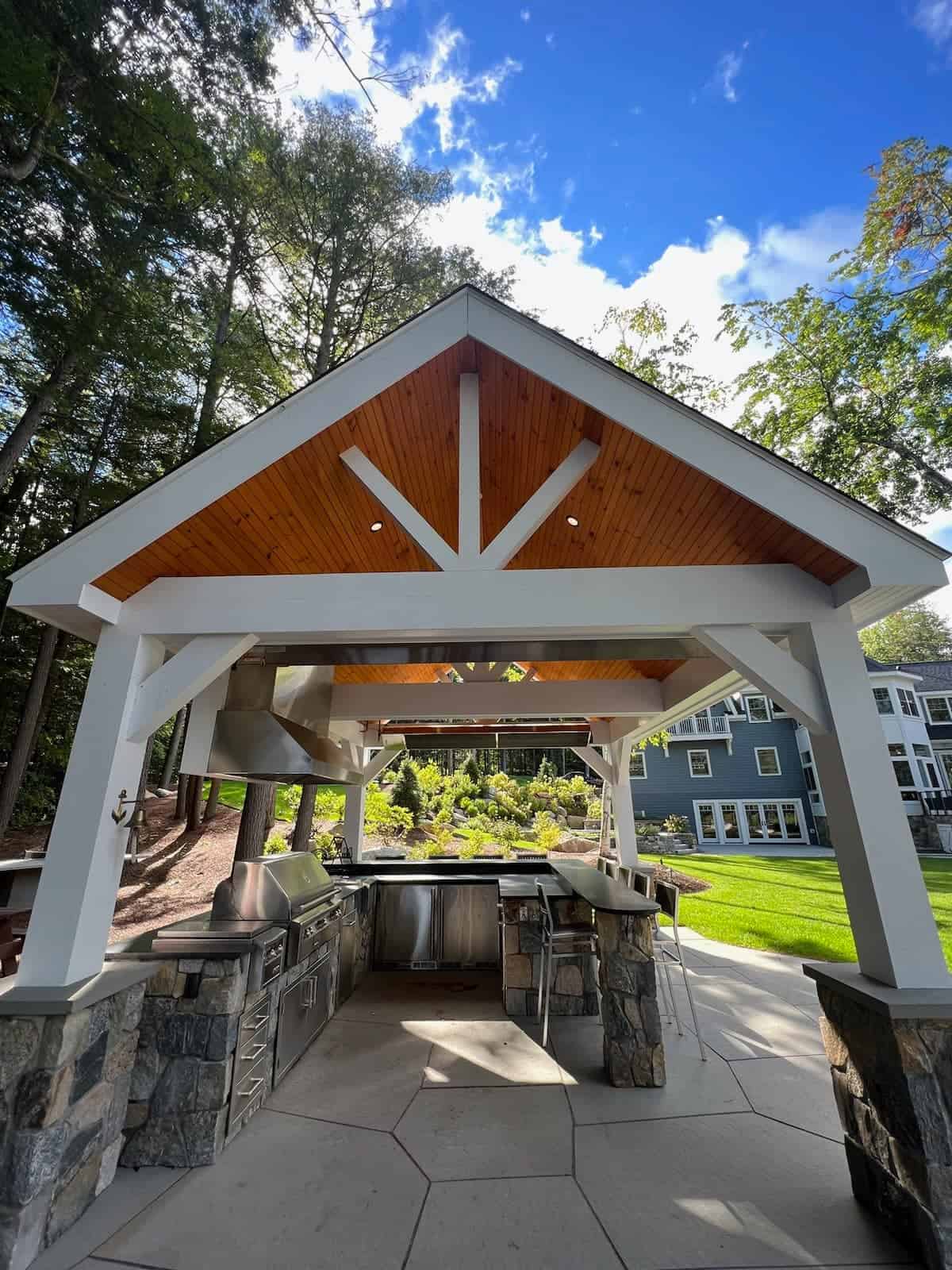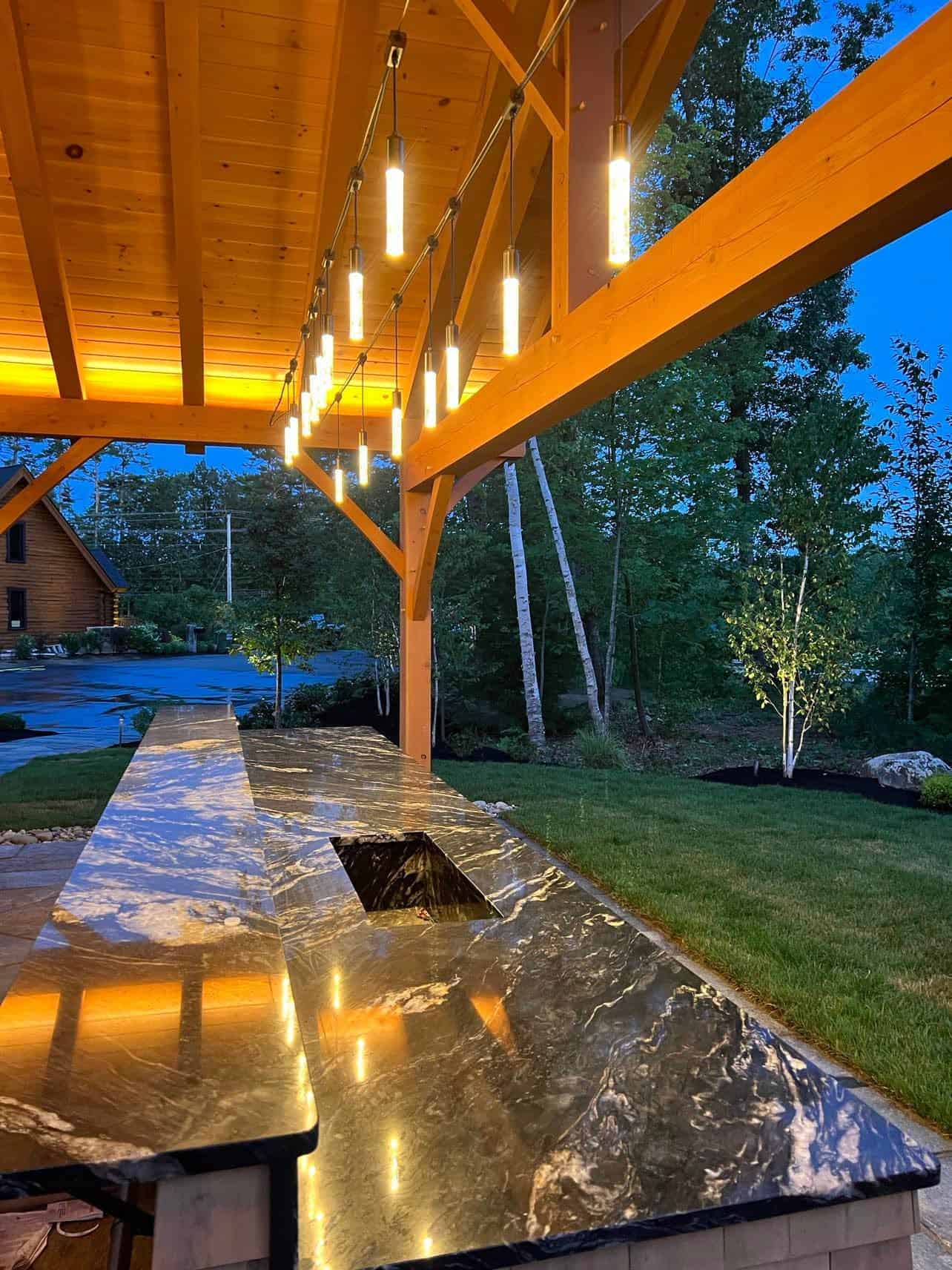Adding natural stone to your landscape is a fool-proof and low-maintenance way to easily add visual interest to your property while also increasing your property’s value. Stone can add some nice extra touches or be the element that ties your entire landscape together. Because stone comes in a variety of shapes, sizes, colors, and materials, it’s best to come up with a plan of where you want to use stone, what you want the stone to do, and the look you’d like to achieve for the area.
Do you want the stone to serve a functional purpose, like crushed gravel in a driveway or flagstones in a pathway? Or are you looking to build a retaining wall or edge your lawn with pavers? Perhaps you are looking for artwork to define a corner of your property, like a fountain or a sculpture? To get the maximum benefit from natural stone, a great plan incorporates natural stonework in a variety of uses around the whole the property, using what best fits in to the environment. In this article, we’ll give you a variety of ideas for the use of natural stone on your own property.
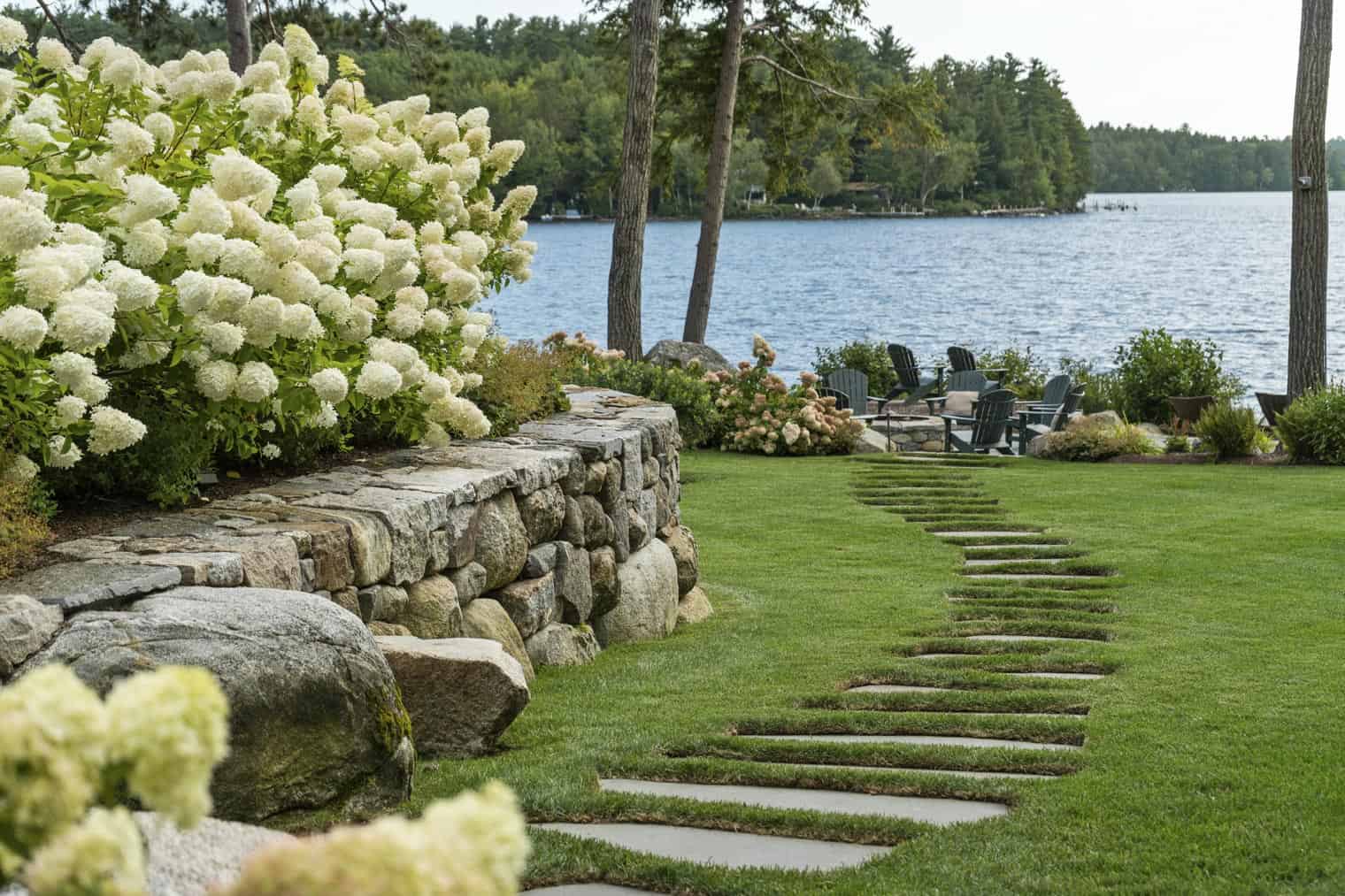 Useful, Functional Stonework
Useful, Functional Stonework
Natural stone has been used in gardens and landscapes for centuries. In this application, stones provide visual interest to your property while serving a functional use.
- Many lawns and flower beds are edged with stones. This type of edging provides a crisp, clean edge for your garden and lawn, and keeps mulch or gravel in place.
- Since it doesn’t have to be replaced year after year, stones like white and tan beach pebbles, and river and lava rocks are used in the place of mulch around trees and shrubbery.
- Crushed gravel and brick chips can be used for driveways, walkways, and directional pathways that wind through gardens and around properties.
- If you have an area that’s prone to water pooling, you can use natural stone to create a dry creek bed. Any area that tends to hold water during heavy rains can be made into a visually appealing area with the addition of different sized natural stone rocks and the right plants, which will redirect the flow of water.
 Adding a Bit More Interest
Adding a Bit More Interest
Stonework doesn’t have to be purely functional; by varying the natural stone you add to your outdoor space, you can add some beauty and visual interest as well.
- Walkways and pathways can be made from differently shaped and colored flagstones. Light colored flagstones will brighten up a dark or shaded area, and by matching colors that already exist on your property, you can tie everything together for a cohesive look.
- You can build stone walls to define different areas of your yard, or build a wall around your property’s perimeter, like the boundary lines of old New England homes.
- A large accent rock or boulder in a corner of your yard, around which you plant a great variety flowers, is a wonderful way to add both color and visual interest to a spot that you may not know just what to do with otherwise.
- A rock garden is a great way to add a good a section rocks and plantings to your landscape where you can feature some creativity. You can match the rest of your landscaping or do something totally different depending on your aesthetic.
- Adding a stone bench to your yard is a great way to create seating and enjoy your outdoor space, especially if you position the bench where you can savor a great view.
- If you have a shoreline, a beautiful stone retaining wall is a great way to stop erosion, and protect your shoreline and create lawn edging.
- With some some grade variations on your property, you can use large slabs of natural stone to create beautiful staircases that make transitions easier from one area to another.
Bring Art Outdoors
Natural stone is a great way to add lasting, enduring art to your outdoor spaces. This is where you can go as wild as you dare. You can go with something as classic as a cairn, or more modern and abstract. Some ideas include:
- A water feature or fountain. Many of these are either made from stone such as marble, or surrounded by natural stone.
- A different type of water feature could be a waterfall or bridge, made entirely of natural stone, surrounded by lush landscaping.
- For a more subtle water feature, stone rain chains and bubble rocks add a touch of serenity to outdoor spaces.
 Extend your Living Space
Extend your Living Space
Adding natural stone to your landscaping can be a big addition as well, such as adding stone elements that are extensions of your living space. Patios and pavilions predominantly feature terra cotta or flagstone floors, as do outdoor kitchens and entertainment areas. Fireplaces and firepits are all made of stone, both for beauty and for fire safety.
By making these areas out of natural, durable, and low maintenance stone, you’re sure to get years of use and enjoyment from these areas.
We have a full design and build team with extensive knowledge and experience working with natural stone for a wide variety of applications. We’d love to help you create the right design for your landscape and lifestyle. Contact us to discuss your ideas or give us a call at 603.707.0630 to get started today!


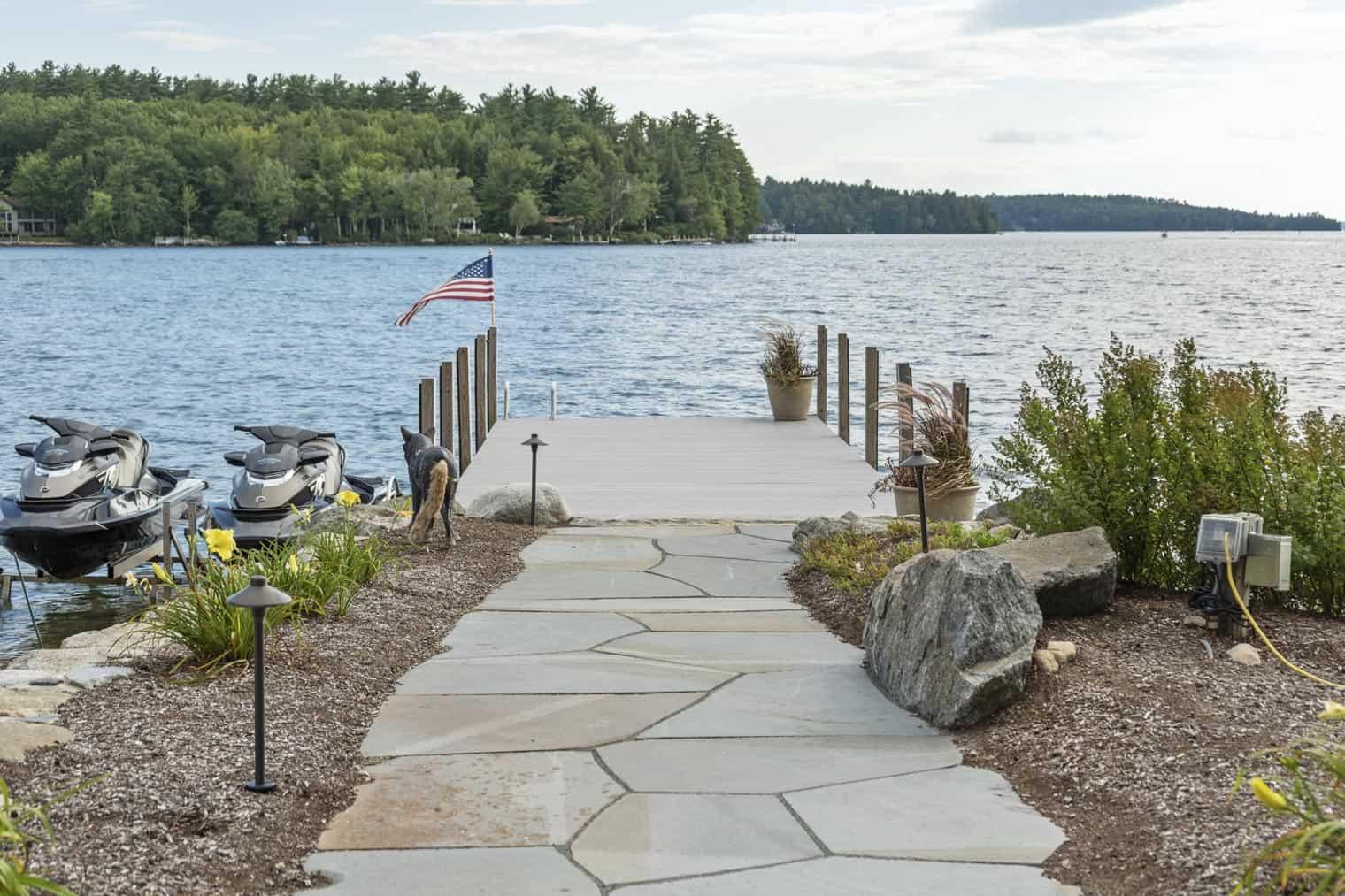 Adding a Bit More Interest
Adding a Bit More Interest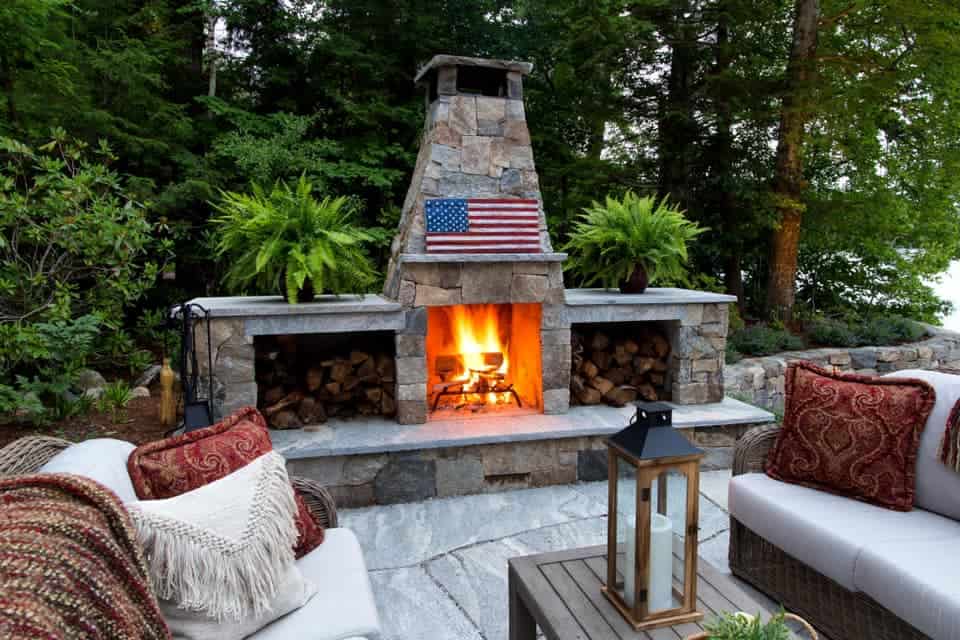 Extend your Living Space
Extend your Living Space